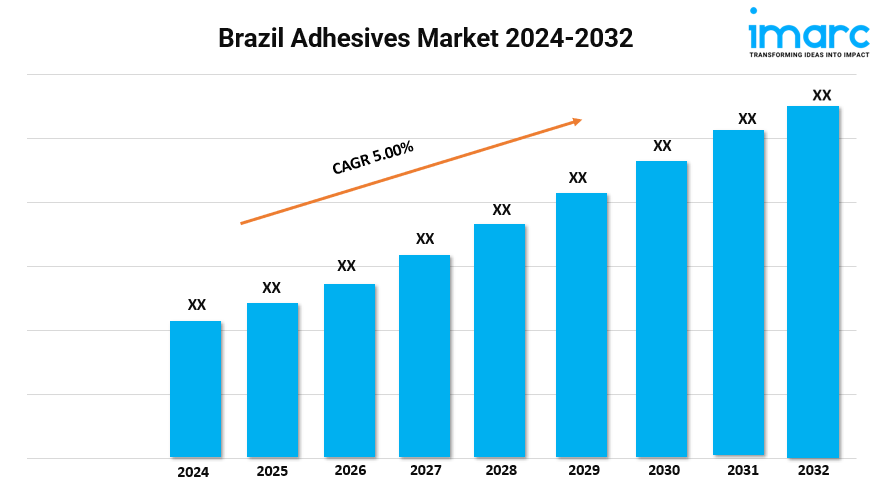Mastercard Joins Stablecoin Boom: Pacts with Paxos, PayPal, and Fiserv to Drive Adoption of Digital Assets in Payments Landscape

Mastercard, one of the biggest names in the financial industry, has announced its plans to join the stablecoin boom. The card network has revealed its willingness to work with various firms to provide scale and payment technology for digital assets, positioning itself as a key player in the rapidly evolving payments landscape.
According to the announcement, Mastercard will be joining the stablecoin alliance Paxos Global Dollar Network, along with integrating PayPal's PYUSD and Fiserv's pending FIUSD. The company also supports Circle's USDC, the second largest stablecoin. These moves are part of Mastercard's broader strategy to bridge the gap between crypto and financial ecosystems, providing consumers with global acceptance, security, reliability, consumer protections, and scale.
In addition to these partnerships, Mastercard is upgrading its Mastercard Move transfer feature to enable financial institutions and digital wallets to send and receive stablecoins. The card network is also enabling its Mastercard One centralized credential for the digital asset market, with Fiserv as the initial adopter. Mastercard and Fiserv plan to connect Fiserv's Digital Asset Platform with Mastercard's Multi-Token Network, a venue for other parties to develop digital asset products and validate users for financial institutions, fintechs, and central banks.
Stablecoins are becoming increasingly popular, with many banks and large retailers expressing interest in developing their own stablecoins. While Mastercard and Visa have expressed support for stablecoins for years and invested in enabling technology, the recent progress of the GENIUS Act has sparked a bevy of announcements and media reports about potential or planned stablecoins from various entities.
According to Alenka Grealish, an analyst at Celent, "Stablecoins are the popular new kid on the block." Mastercard sees a unique opportunity to provide consumers with the benefits of card payments while also embracing the potential of digital assets. While stablecoins will likely not be used for direct payments at the point of sale, they could potentially circumvent traditional card payments at the point of sale, thus draining revenue. However, analysts believe that the impact of stablecoins on payment volume for Visa and Mastercard should be muted.
In conclusion, Mastercard's moves to support stablecoins demonstrate its commitment to staying ahead of the curve in the rapidly evolving payments landscape. While there is still work to be done to fully realize the promise of stablecoins, Mastercard is well-positioned to play a critical role in driving adoption of the stablecoin ecosystem. With its partnerships and technological advancements, Mastercard is poised to be a leader in this new era of digital payments.
Mastercard's alliance with Paxos, PayPal and Fiserv marks a significant step towards accelerating the integration of stablecoins into mainstream payments – signaling increased global adoption potential for digital assets in daily transactions.
With its partnership with Paxos, PayPal and Fiserv to revolutionize payment landscapes through stablecoin adoption in the age of digital assets growth – Mastercard asserts an unapologetic leadership role at the heart of this unprecedented financial innovation boom.














